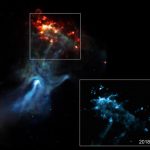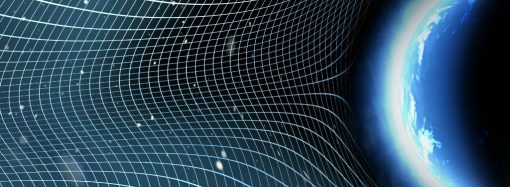ESO Telescopes Observe First Light from Gravitational Wave Source0
- From Around the Web, Space
- July 1, 2021
ESO’s fleet of telescopes in Chile have detected the first visible counterpart to a gravitational wave source. These historic observations suggest that this unique object is the result of the merger of two neutron stars. The cataclysmic aftermaths of this kind of merger — long-predicted events called kilonovae — disperse heavy elements such as gold and platinum throughout the Universe. This discovery, published in several papers in the journal Nature and elsewhere, also provides the strongest evidence yet that short-duration gamma-ray bursts are caused by mergers of neutron stars.
















